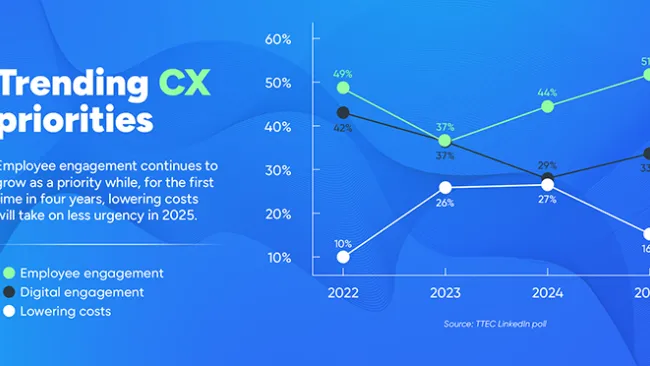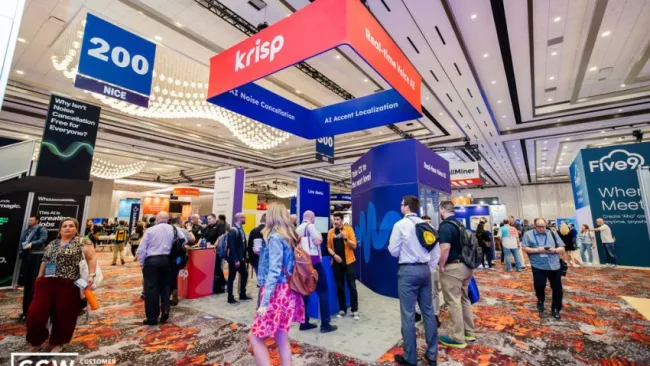Customer experience leaders look for employees with emotional intelligence and empathy, traits that work great for helping customers and resolving issues. And in today’s AI-obsessed environment, empathetic human connection is a welcome differentiator for many people who don’t want to navigate an IVR or converse with a chatbot.
But be warned — the more that AI and automation is used within the customer experience, the more likely your human customer-facing employees will feel stressed and experience burnout and compassion fatigue.
With simpler interactions defaulting to automation, human employees will handle mostly escalations or issues that are too complex for automation. They will be the first ones frustrated customers talk to when they can’t resolve their issue or don’t know how to navigate an automated system. Associates who work industries like healthcare, financial services, or insurance are even more vulnerable because the topics they deal with are emotionally charged, such as declining a medical procedure or missed credit card payments.
It’s bound to take a toll on associates, especially those with high levels of compassion and empathy. The traits that make a great customer experience employee – compassion, empathy, problem solving skills – will kick into overdrive with more complex calls.
Stamp out burnout
People are not robots. They have feelings—and can sometimes get overwhelmed by them. And right now, 59% of customer service reps are at risk of burnout, including 28% who are at risk of severe burnout, according to Jeff Toister, author of the Service Culture Handbook. Expect that number to grow in tandem with more automation and AI.
Support your employees by making mental health tools available as part of your company’s employee experience program. Be mindful about providing employees with wellness resources, activities, and time off. And even AI can be helpful to monitor negative sentiment and trigger breaks and other actions when employees get stressed.
The result is a CX future a little less scary—and full of humanity.















